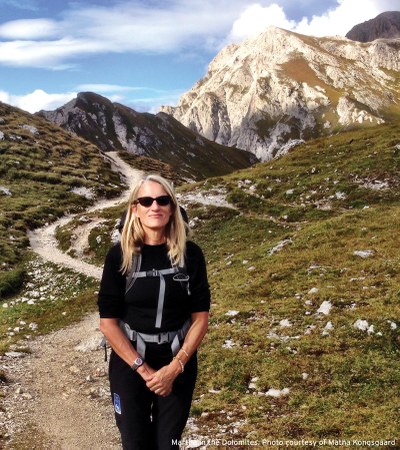
What is the collective meaning of this unusual part of our country — the north eastern shore of the Pacific? We are all People of the Salish Sea and the uplands that feed this second largest estuary of the United States, where we live. It’s a place; an idea; an ideal; a future; the sum of its historic parts. It is our shared vernacular.
It’s a chemical and biological system that churns on with or without our inputs or protections; it is the economic engine of the state, a source of communal pride. It’s what attracts and keeps the right brain economy here and our left-brain sane. It is a rallying cry, and a spiritual hallowed ground, from the snowcaps to the white caps, from Pt. Townsend up and over to Forks, from the land locked town of Stehekin to the Sculpture Park in Seattle.
It is, as an environmental educator friend of mine would say, one of a few places that is so lovely, so temperate, so well ‘watered,’ so civil, so wealthy, so educated, and so new. It’s remote: Gettysburg apparently gets more visitors in a busy weekend than the half-million acre North Cascade national park gets in a year. It’s prodigiously wet: the Hoh rain forest on the Olympic peninsula banks yearly 12 – 14 feet of rain a year. And in terms of its future, its population is only going to grow… a lot. We actually are forecasted to receive an extra dose of folks we are already calling Water refugees.
It is the quantifiable – the stats on the pH, the dissolved oxygen, the length of the coastline, the yearly snowpack. And it’s the ineffable – the value of sharing these waters with the totemic and endangered orca and Chinook; the value of softening a bulkhead for the sake of forage fish; the value of the sun rise on Mt. Baker.
But it is also in fact a dumping ground, the back ground, the place we take for granted, the back drop for short term thinking, the broken structure of the relationships, as conservation scientist, Gary Nabhan argues, that creates the problems. The Puget Sound is the receiving waters of all of the waters brought by gravity through the basin, from your house, our house - the soup that comes from simply waking up to a modern North American morning and going about our lives.
It’s complex, it’s complicated, and it’s difficult in 2015 to figure out what the FIX is, what the IT is that will ‘get it done”. There are lists, top 10s - do this, don’t do that, vote for her, buy that product, don’t buy stuff, stop immigration, get kids outside, get out of your car, fund transit, enforce regulations.
It’s science, it’s policy, it’s the primacy of cheap energy, it’s equity, and our obligation to the yet arrived; it’s the underlying philosophies upon which we build our lives and which we therefore want to see reflected in our government (or maybe we just want to see the dismemberment of same). It’s demographics, and pernicious incentives; it’s treaty rights, it’s property rights, it’s facts that the citizenry don’t buy while their values trump the best available science, and the answer is in fact all of the above as we solve our way toward what Jane Jacobsen called a durable prosperity, managing the ecosystem with people at the center.
My husband and I spent the month of September biking and reveling in the historic heart of western civilization in Italy with its lavish troves and layers of 2000+ years of human high culture – art, architecture, music, literature, engineering, and having just a month ago flown home with my head full of European patrimony, I must say that I was overcome with emotion as the plane began its descent over the Cascades, right on the crest, say just at the headwaters of the waters that feed the sound from the east.
And there poking out above the parting low clouds were a late season string of gems whose peaks I know well – El Dorado, Johannesburg, Glacier peak, Bonanza, Mt. Rainier, Mt. Baker, Mts. Fury, Despair, and Mt. Triumph - and then slowly down to a swing around with a view toward the majestic Olympic range, Mt. Constance, and the elegant and ponderous Mt. Olympus back lit from the setting sun, whose slopes were heavy with dark and damp conifers and a velvety undifferentiated understory, (“It’s so green here,” says the woman behind me on the plane).
Silver slips of wetlands and creeks flashed bright in the waning day, with the broad belly of the Sound stretching out toward the San Juans, turning implausibly pink as we landed and I thought, this is our patrimony, our heritage, our wild nearby —
as William Dietrich calls it, “our universe in a mountain cradle.”
This is who we are. This is who we will be. But make no mistake - this is how we will be remembered: how well we managed this sacred obligation, what we left behind.
We will have to do this with more than a sentimental lump in our throat. We all need to dig deep with a seriousness of purpose that matches the challenge. And be at it everlastingly with love.
This article originally appeared in our January/February 2015 issue of Mountaineer magazine. To view the original article in magazine form and read more stories from our bi-monthly publication, click here.
 Martha Kongsgaard
Martha Kongsgaard